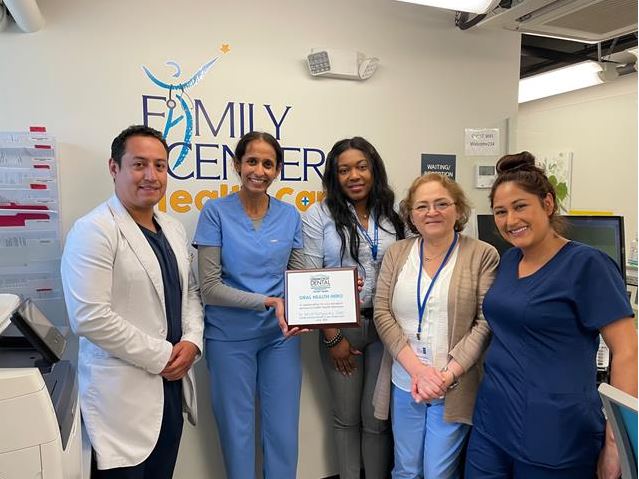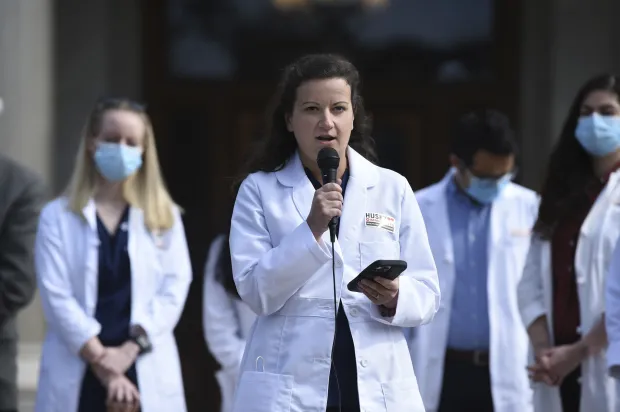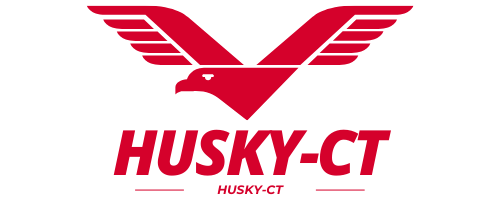What is the Husky program in CT? – A Comprehensive Guide For Beginners In 2023!
In the kingdom of healthcare access and affordability, the Husky (Healthcare for Uninsured Kids and Youth) Program in Connecticut (CT) shines as a beacon of hope for thousands of residents.
Husky, comprehensive healthcare program has been a lifeline for many people. This program gives wellness coverage for uninsured children and youth ensuring that healthcare is not a right reserved for the few but a basic right available to all.
By the time we conclude this exploration, you will have a comprehensive understanding of what the Husky Program is, who it serves, and why it is so vital.
Table of Contents:
A Brief History of the Husky Program – For Basic Knowledge!
Origins of the Name:
The name “Husky” is an acronym that stands for “Healthcare for Uninsured Kids and Youth.” The program was initially established to provide healthcare coverage for uninsured children and young adults in the state of Connecticut(CT).
Over the years, it has expanded its scope to contain a wider range of healthcare and educational services.
Historical Background:
The Husky Program has its roots in Connecticut’s commitment to ensuring that all its residents have access to quality healthcare and education. It was officially launched in the late 1990s, as part of the state’s response to the growing concern about uninsured children and youth.

Previous to the program’s beginning, many children in Connecticut lacked access to basic healthcare services, which could have severe long-term effects on their well-being.
Read Also: Do You Have To Pay Back Husky In CT? – Let’s Check It Out!
The Categories of the Husky Program – Uncover It!
Healthcare Coverage:
One of the primary categories of the Husky Program is healthcare coverage. It provides a wide range of medical services to eligible children, youth, and their families. This coverage includes regular check-ups, immunizations, dental care, mental health services, and more.
The program ensures that children and young adults have access to the medical care they need to grow up healthy and succeed.
HUSKY A, B, C and D:
The Husky Program is divided into different categories, each catering to specific populations and needs:
- HUSKY A: This category provides healthcare coverage for children and teenagers up to the age of 19, as well as pregnant women. It covers a broad range of medical services, including doctor visits, hospital stays, and prescription drugs.
- HUSKY B: HUSKY B extends coverage to children who are not eligible for Medicaid but still require affordable healthcare options. It serves as a safety net for families who may not qualify for other insurance programs.
- Husky C: This category is designed for children and adolescents with special healthcare needs. It provides specialized services and support to cater to their unique medical requirements.
- HUSKY D: HUSKY D focuses on providing prescription drug coverage for eligible individuals who are 65 years or older or have disabilities. It helps ensure that these helpless populations have access to necessary medications.
Education and Support Services:
In addition to healthcare coverage, the Husky Program offers various education and support services to eligible participants. These services include:

- Early Childhood Education: The program offers early childhood education and development services to prepare children for success in school.
- After-School Programs: After-school programs provide a safe and enriching environment for children to continue learning and engage in extracurricular activities.
- Youth Employment Opportunities: For older participants, the program may offer job training and employment opportunities to help them gain valuable skills and enter the workforce.
Read Also: Is HuskyCT Medicare or Medicaid? – Let’s Explore In 2023!
Eligibility and Application Process – Everything You Want To Know!
Eligibility Criteria:
Eligibility for the Husky Program is primarily determined by factors such as income, household size, age, and citizenship status.
To qualify for the program, applicants must meet specific income points, which can vary depending on the category (HUSKY A, B, C, or D) and the number of individuals in the household.
Generally, the program is designed to assist low-income families and individuals who might otherwise struggle to afford healthcare and education services.
Application Process:
Applying for the Husky Program is a relatively straightforward process. The Connecticut Department of Social Services (DSS) oversees the program and provides several routes for applying:
- Online Application: Applicants can apply online through the Access Health CT website, which streamlines the application process and allows individuals to check their eligibility and enroll in the program electronically.
- In-Person Assistance: For those who prefer in-person assistance, DSS has local offices and outreach partners that can help applicants guide the application process and provide guidance on eligibility requirements.
- Phone Application: A dedicated phone line is available for individuals who prefer to apply by phone. Trained representatives can assist with the application and answer any questions.
Read Also: Is Husky Part Of Obamacare? – Complete Guideline In 2023!
Impact and Benefits of the Husky Program _ Let’s Explore These!
Improved Health Outcomes:
One of the most significant impacts of the Husky Program is the improvement in the health outcomes of Connecticut’s children and youth.

By providing access to regular medical care and preventive services, the program helps to identify and address health issues early, preventing them from escalating into more serious conditions.
This proactive approach to healthcare has resulted in healthier and happier children who can focus on their education and future prospects.
Increased Educational Opportunities:
The Husky Program’s focus on education and support services has a positive wave effect on the educational opportunities available to participants. Children who receive early childhood education and after-school support are better prepared for academic success.
This, in turn, can lead to higher high school graduation rates and increased access to post-secondary education opportunities.
Relieving Financial Stress:
The financial burden of healthcare and education expenses can be overwhelming for low-income families. The Husky Program helps reduce this stress by providing affordable healthcare coverage and educational support services.
Families can redirect their limited resources towards other essential needs, such as housing, food, and utilities, improving their overall quality of life.
Read Also: CT Husky Insurance Card Replacement – Detail Guide In 2023!
Challenges and Future of the Husky Program – Let’s Checkout It!
Funding and Sustainability:
One of the ongoing challenges faced by the Husky Program is securing sufficient funding to sustain and expand its services. Economic fluctuations and changes in federal funding can impact the program’s ability to provide comprehensive coverage and support.
Addressing Health Disparities:
While the program has made significant progress in improving health outcomes, there is still work to be done in addressing health disparities among different populations. Efforts to reduce disparities in healthcare access and outcomes remain a critical focus for the program’s future.
Expanding Outreach and Awareness:
To ensure that all eligible individuals and families benefit from the Husky Program, outreach, and awareness efforts need to be expanded. Many eligible individuals may not be aware of the program or may face barriers to accessing information and assistance.
Conclusion:
By summing up the discussion,
The Connecticut Husky Program has been a beacon of hope for countless children, youth, and families in the state. Its commitment to providing healthcare coverage and educational support has improved the lives and future prospects of many.
As the program continues to evolve and adjust to changing needs and challenges, its impact on the well-being and opportunities of Connecticut residents remains profound.
FAQ’s:
1. Who is eligible for the Husky program?
Eligibility for the Husky program is based on factors like income, household size, and citizenship status. It primarily serves children, parents, pregnant women, and individuals with disabilities who meet income guidelines.
2. What types of health coverage does the Husky program offer?
The Husky program offers a range of health coverage options, including HUSKY A (Medicaid for children and teenagers), HUSKY B (Children’s Health Insurance Program or CHIP), HUSKY D (Medicaid for low-income adults), and more.
3. Is there a cost associated with the Husky program?
The cost of the Husky program varies based on your income and family size. Some enrollees may have no monthly premium, while others may pay a small monthly premium or copayments for certain services. Most preventive services are covered at no cost.




